Achieve a Comfortable VR Experience with These Practical Tips and Tools
Virtual Reality (VR) technology has revolutionized the way we interact with digital content, providing immersive experiences that were once the realm of science fiction.
However, achieving a comfortable VR experience isn't always straightforward. From ensuring your hardware is optimized to adapting your environment for the best experience, there are numerous factors to consider. This article provides practical tips and tools to help you fully enjoy VR without the discomfort some users face.
Optimizing Your VR Hardware and Environment
One of the first steps in achieving a more comfortable virtual reality experience is to ensure your hardware is properly optimized.
A high-quality headset can make a significant difference. Devices like the Oculus Quest 2 or the HTC Vive Pro are known for their advanced features that reduce nausea and improve clarity. However, hardware alone isn't enough; how you set up your play area is equally critical. Make sure your surroundings are free of obstacles that could pose a hazard or break the immersion. It's also crucial to ensure your system's graphic settings are optimized for smooth performance, which can significantly reduce motion sickness by preventing lag.
Proper hydration and frequent breaks are also advised, as they contribute to a more enjoyable experience.
Consider using fan-based cooling, employing software tools to monitor system performance, and investing in quality VR accessories like ergonomic controllers and comfort-focused head straps. All these measures combined can enhance your VR experience significantly.
In addition to optimizing your physical environment, pay attention to the virtual environments you engage with.
Select VR experiences that match your tolerance levels and slowly build up to more intense settings. If you are new to VR, starting with less graphically intense applications can help you acclimate to the virtual world.
Utilizing Helpful Software Tools
Software plays a vital role in minimizing discomfort and enhancing enjoyment in VR.
Applications like VR Toolbox or Oculus Debug Tool allow you to customize your experience by adjusting graphical and performance settings. These tools can help reduce visual strain and increase comfort by allowing users to adjust frame rates and resolution to fit personal preferences and system capabilities.
Another valuable tool is IXR (Interactive eXperience Research) technology, which is employed in various VR software to predict and mitigate common discomforts like vertigo or motion sickness.
Additionally, consider using calibration tools to ensure your headset's fit is optimal, as this can dramatically reduce physical discomfort resulting from an improperly adjusted device.
Lastly, constant software updates from headset manufacturers are essential.
These updates often include new features, optimizations, and fixes that can enhance the overall user experience by addressing known issues and integrating user feedback.
By combining these practical tips and tools, you not only enhance your immediate VR experience but also pave the way for long-term enjoyment and comfort in virtual reality environments.
Whether a novice or a seasoned VR user, taking the time to understand and implement these guidelines will help you make the most of your VR adventures.




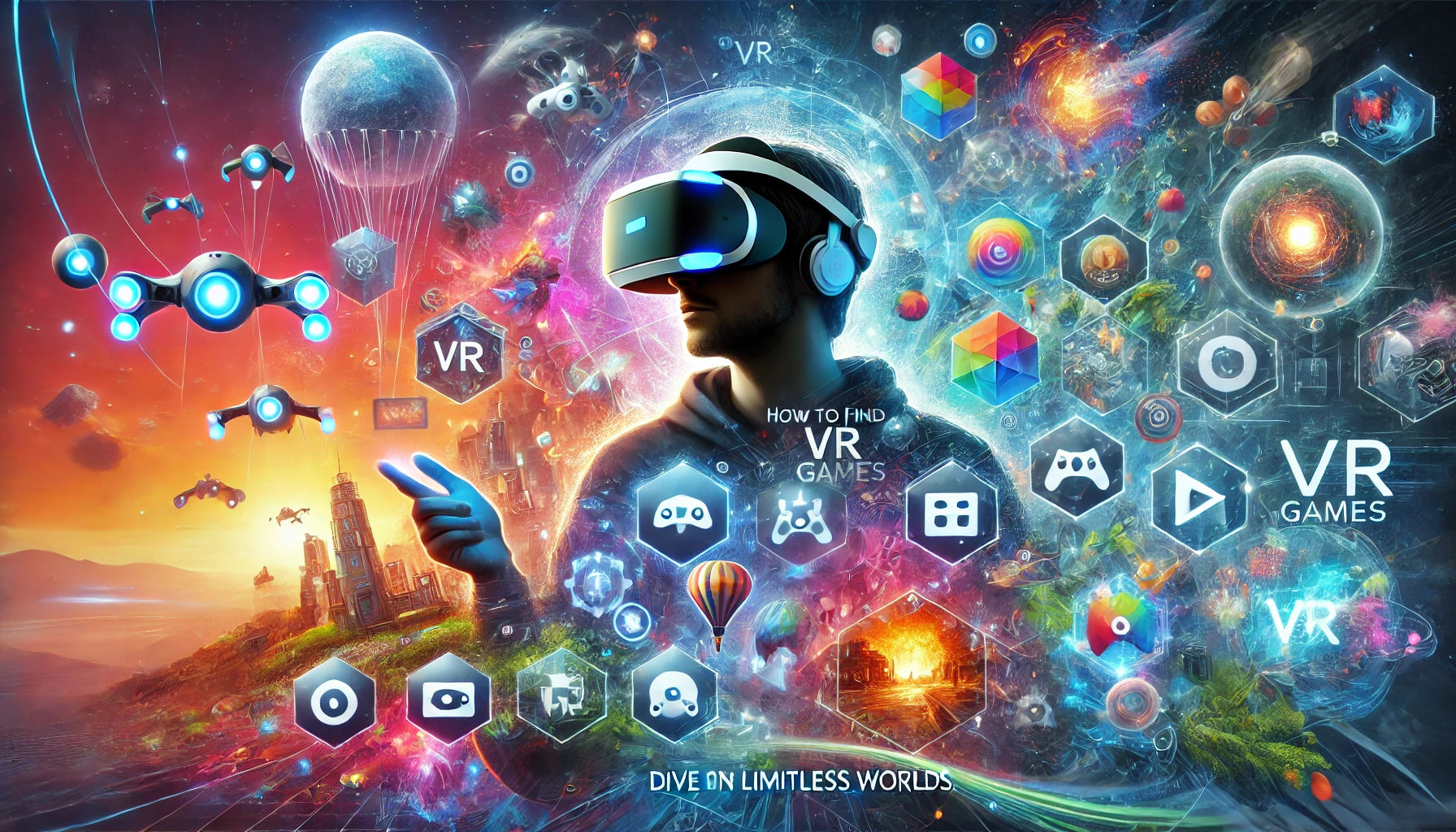
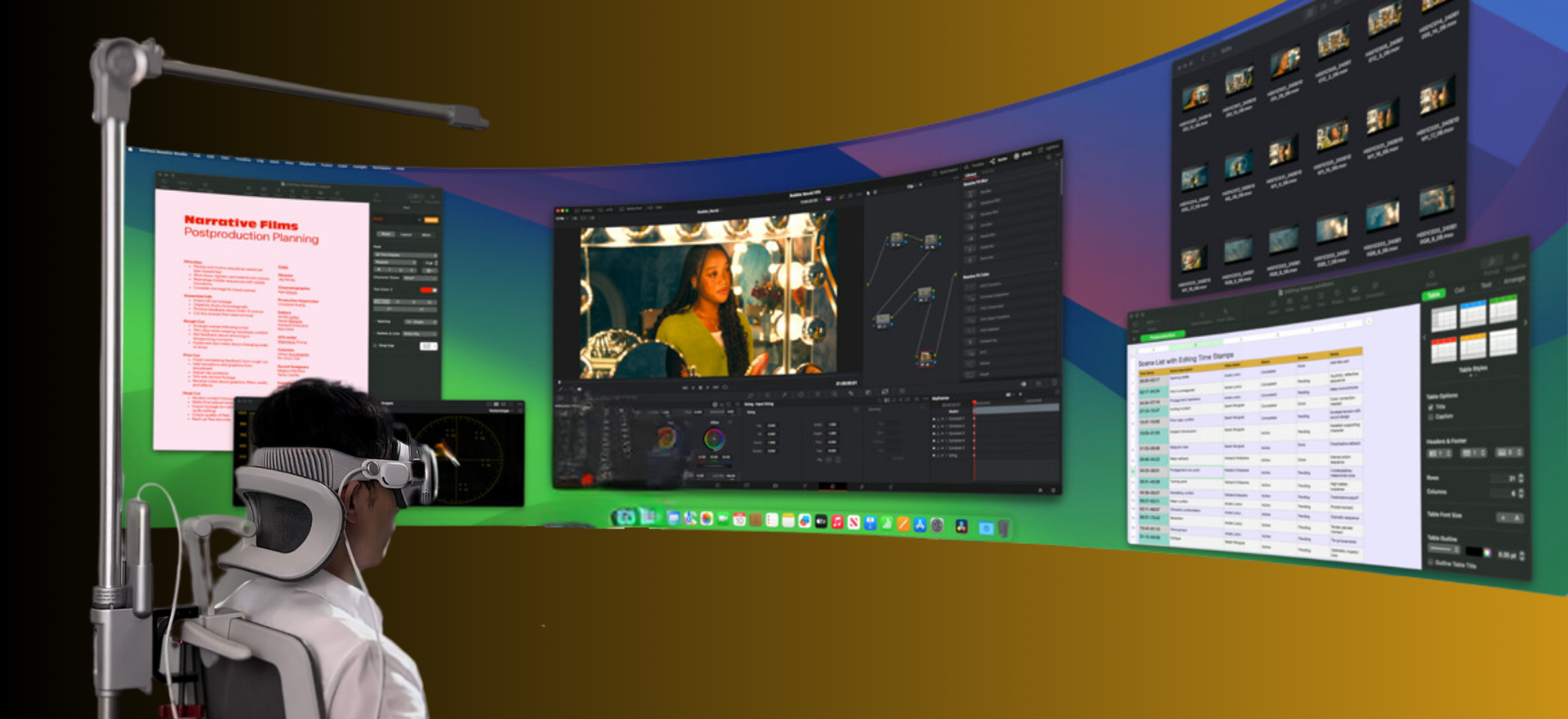
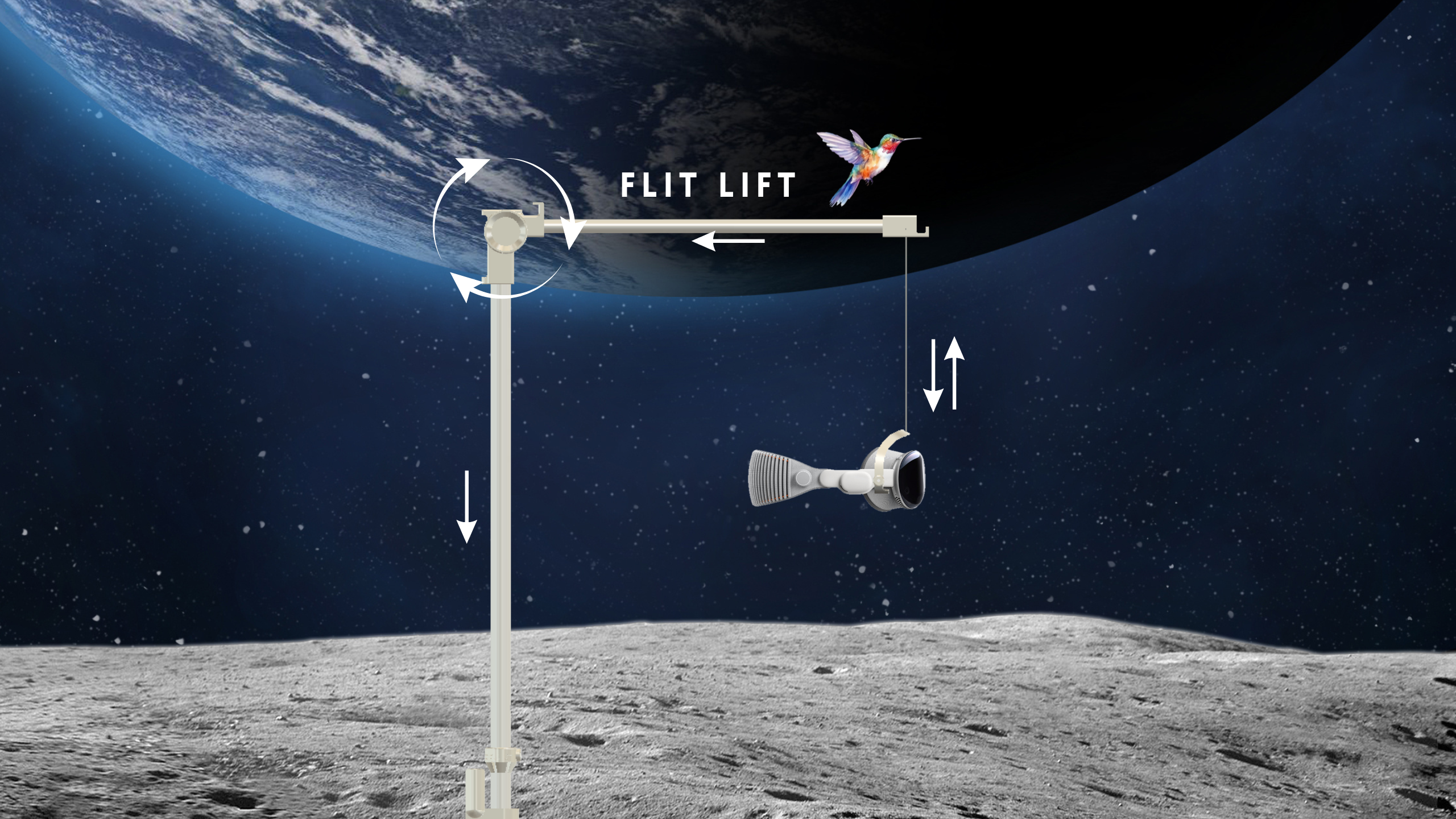

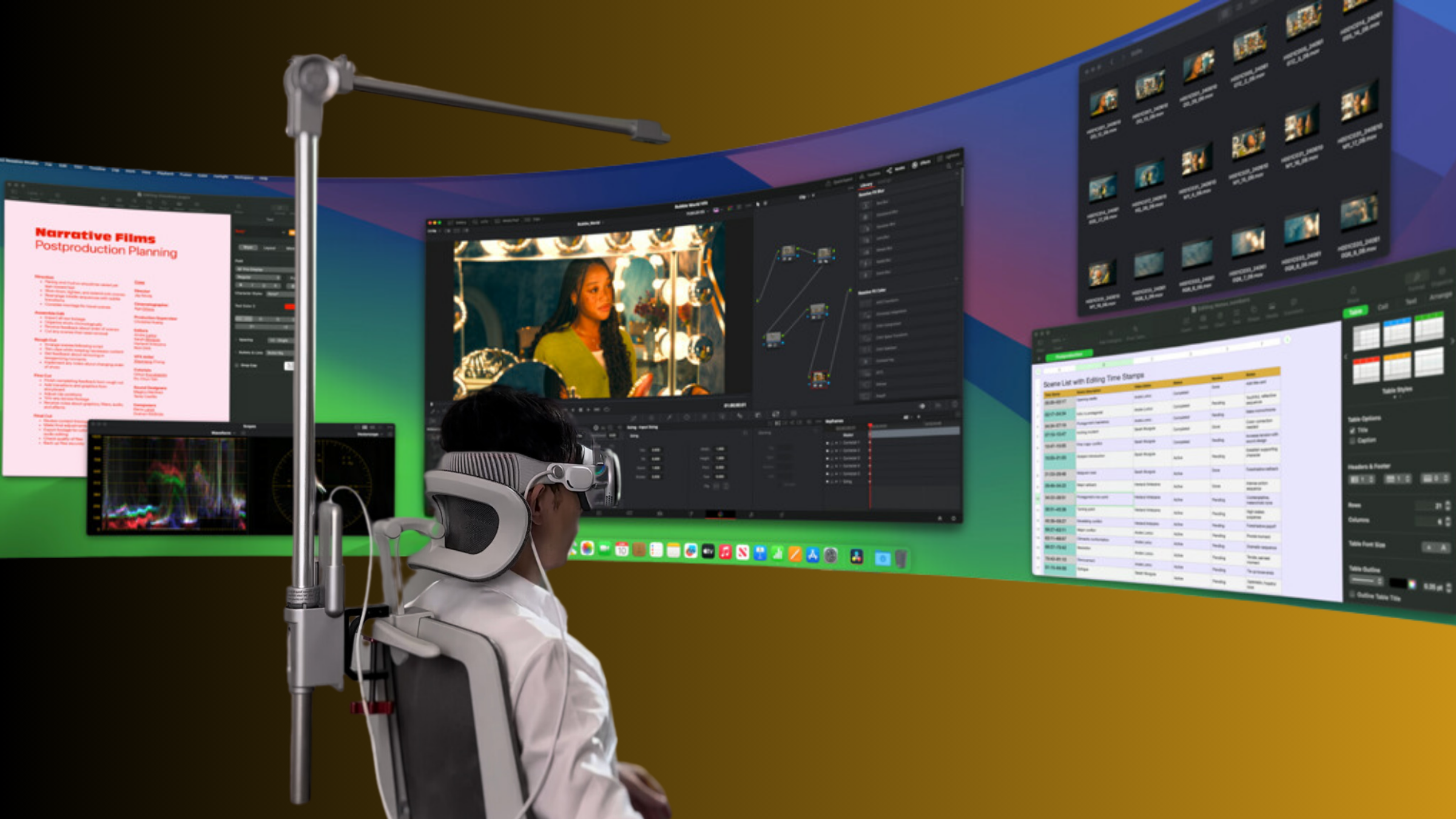
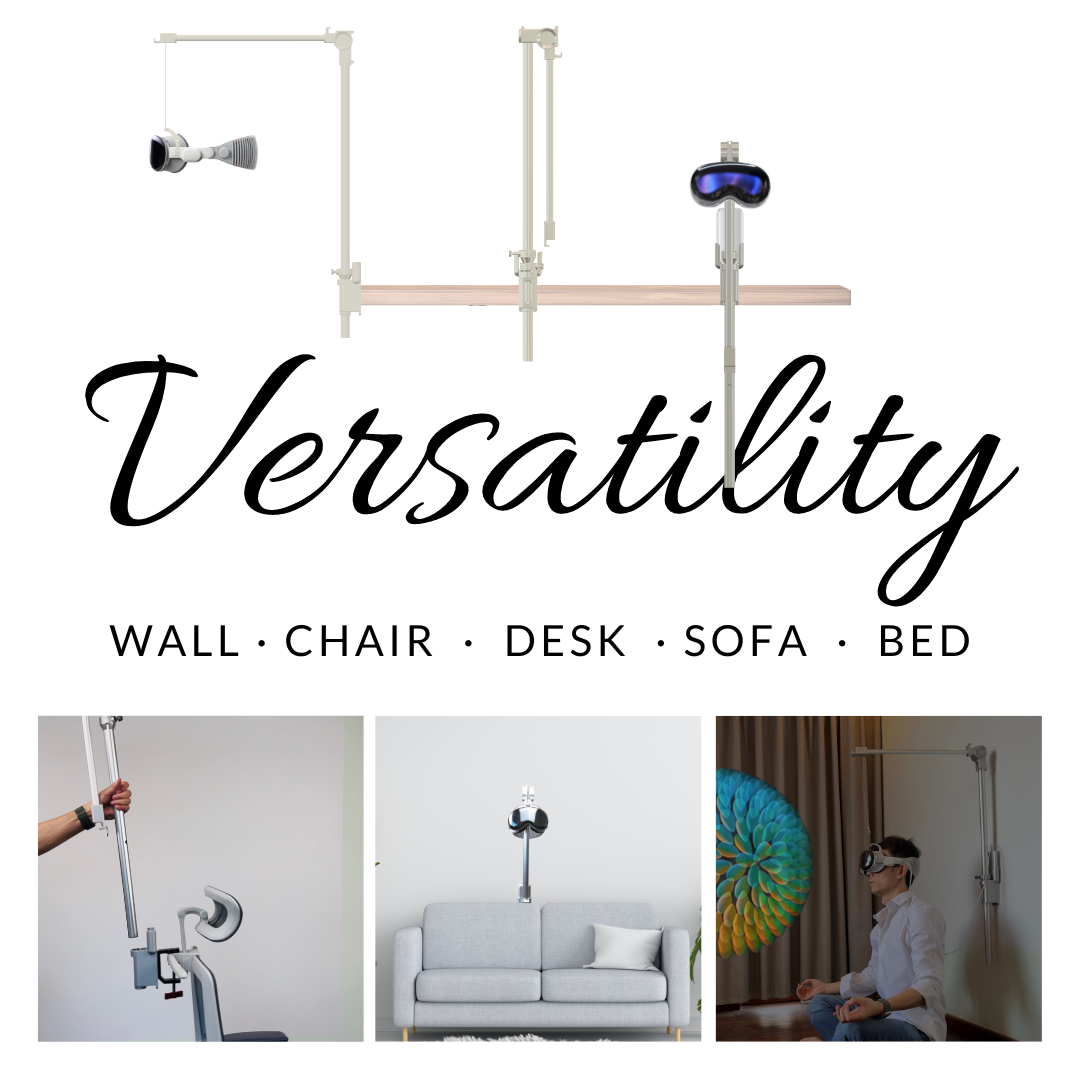
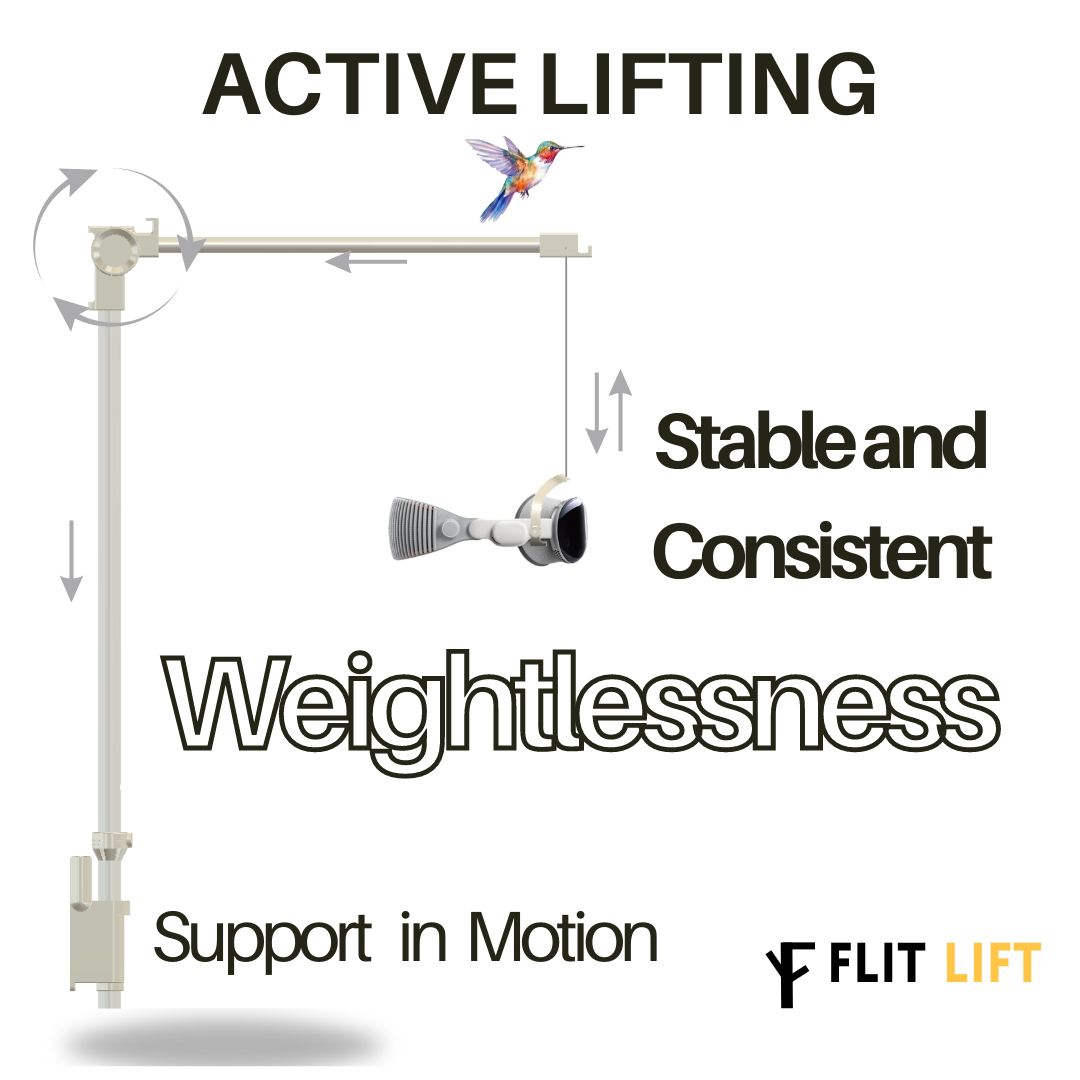
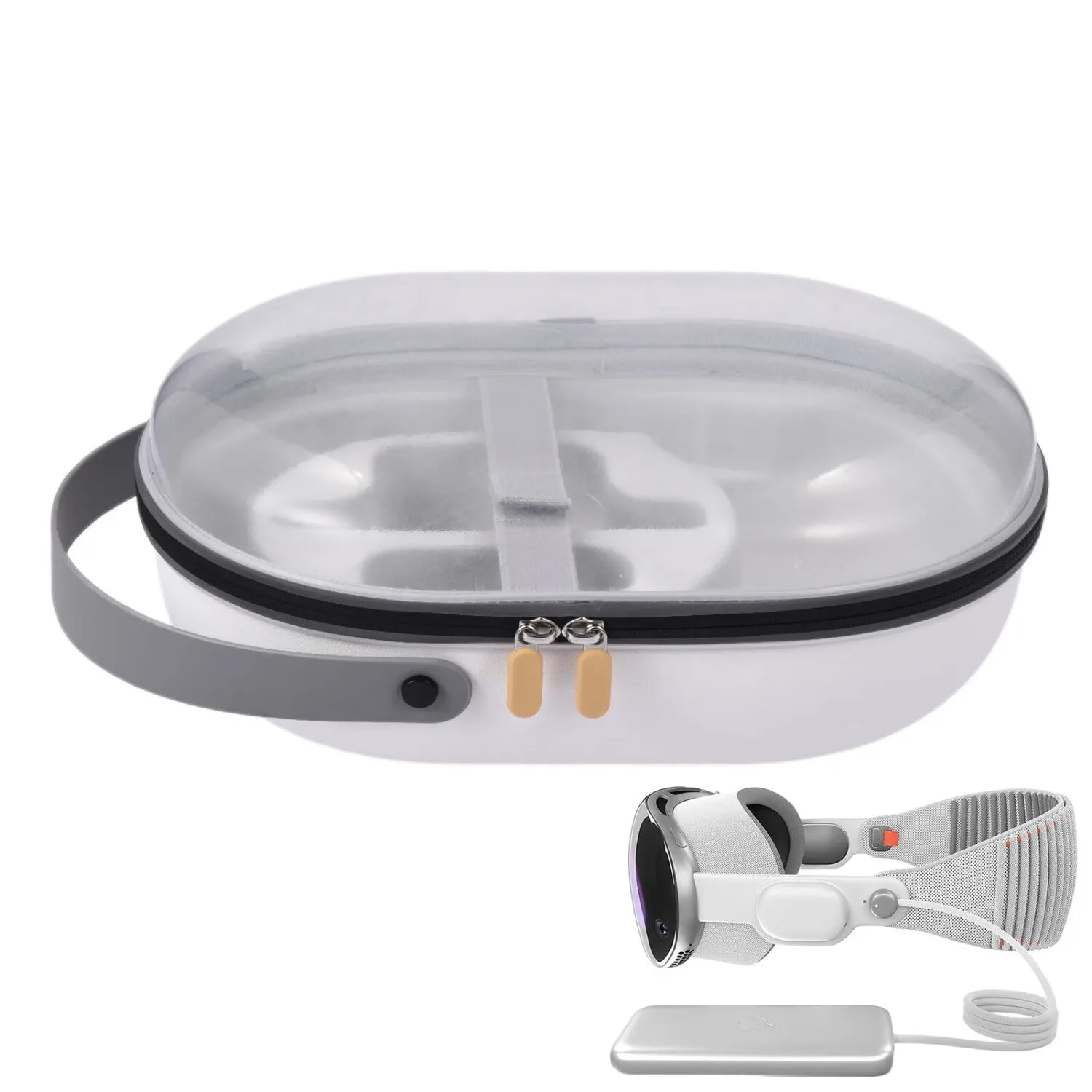

Share:
The Future of Comfortable VR Experiences: Trends and Insights
Unveiling the Best VR Neck Pain Relief Solutions on the Market